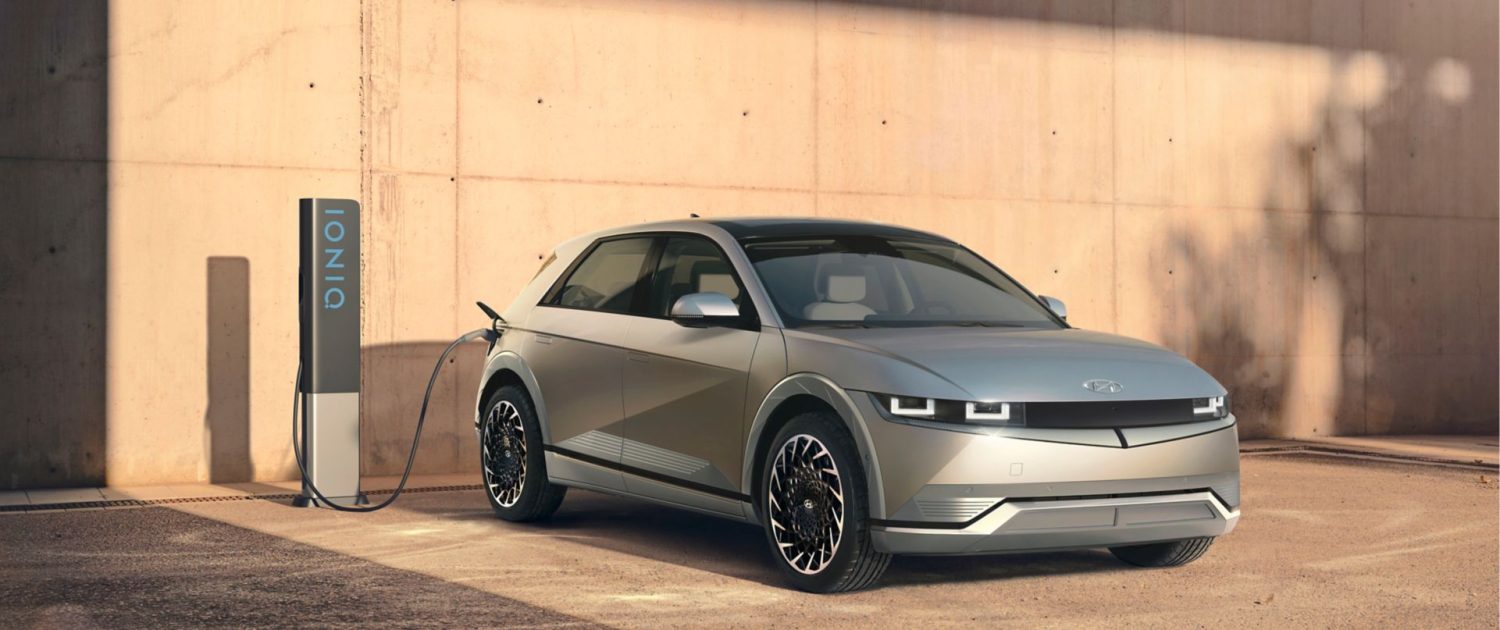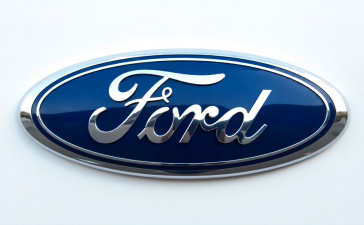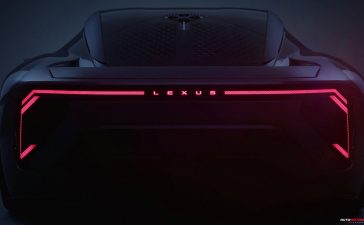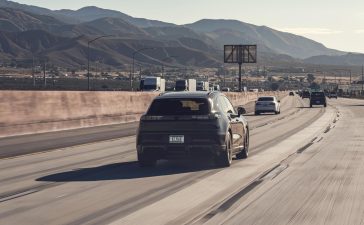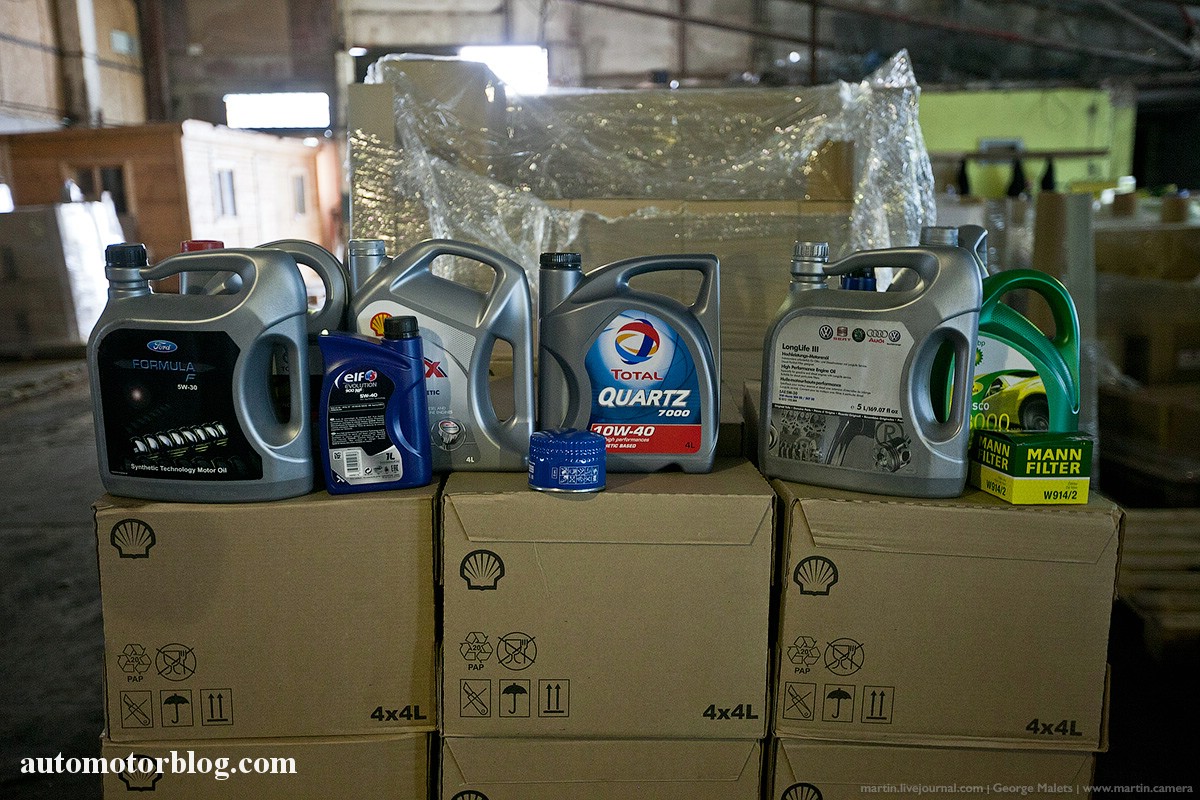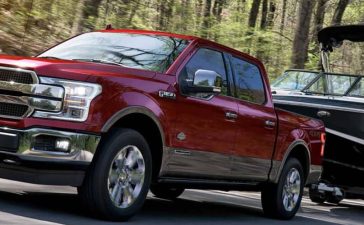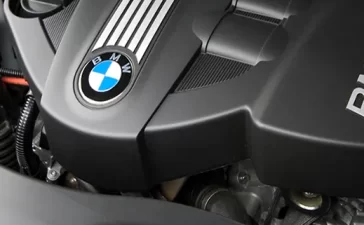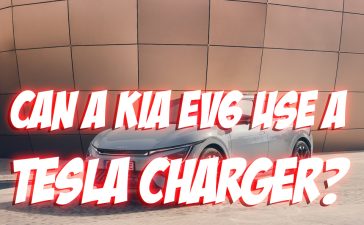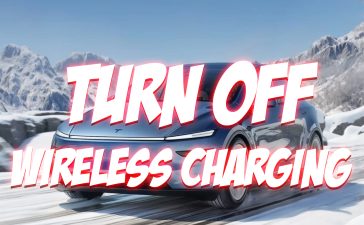Electric Vehicles are the future, so many say – but are they taking off in the present? Despite the big talk about Electric Vehicles (EVs), Australia is lagging behind the rest of the world in terms of sales. New registrations of EVs only comprised 1.6% of all vehicles in 2021, which is far below the global average of 9%. A recent report by the Electric Vehicle Council says that EV sales comprise 3.39% of all new car sales.
This is despite a survey showing that 73% of Australians agree that a shift toward EVs is an important step towards curbing climate change.
Though on the surface it doesn’t seem like Australians are warming to EVs, there are significant hurdles to overcome before it happens.
Electric Vehicles – Charging Stations
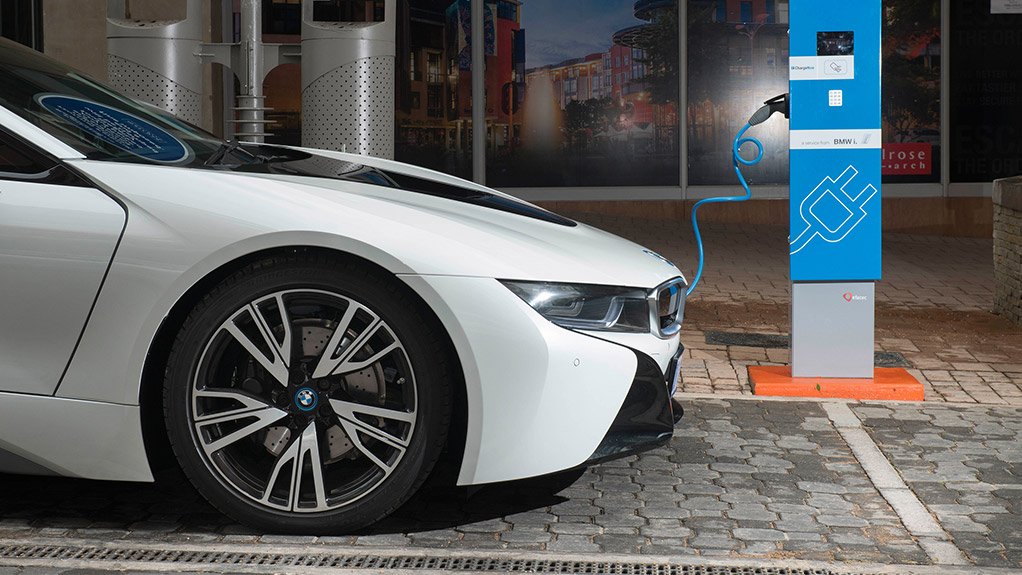
Australia is a big country – 7.7 million square kilometers big, in real terms. Just like the distance between petrol stations is a problem for internal combustion engine (ICE) vehicles, the lack of charging stations is also an issue that needs immediate attention.
As of January 2022, there are only 293 fast-charging locations in Australia – with other reports saying there are now 350 or so online. Fast charging means a charger that can “fill up” an EV at over 50kW – with one kW adding one kilometer of range every ten minutes.
So, a 10kW charger will add 60 km in an hour – which is enough to get home if you happen to run out during a milk run; but is little comfort if you’re out the Back of Bourke.
January 2022, there are 1,580 regular charging stations in Australia – which is below 50kW and closer to the wattage of the above example.
More are on the way courtesy of Government policies, with the Federal Government pledging to establish charging stations every 150 km on national highways to the tune of $39.3 million.
Incentives and Prices
It’s the old conundrum – EVs are high in price but low in cost. EVs’ initial cost is high, but the cost to run them over time is significantly lower than ICE vehicles. They don’t require as much maintenance due to fewer moving parts, and they run on significantly cheaper electricity than petrol (in terms of cost per kilometer.)
Many states and territories in Australia offer incentives to take up EVs, such as the ACT offering about $5,840 in subsidies, with Victoria, NSW, Queensland, and South Australia offering about $3,000.
It hasn’t stopped some buyers, though.
The Hyundai Ioniq 5 SUV, in RWD and AWD variants, has a maximum 451 km driving range, which just about covers the trip from Sydney to Gundagai if you’re traveling to Melbourne. Though it isn’t cheap – the base model costs $69,000 to drive away; when 200 went on sale earlier this year, they were snapped up like hot concert tickets in a matter of minutes. For a breakdown of what makes it so popular, read the full Hyundai Ioniq 5 review here.
What’s Next
With more charging stations coming online and prices (hopefully) dropping, EVs may well be the future. Though it may not see mass adoption within the decade, we will see it at some point during our lifetimes.


